Huawei’s new Mate XT is the first triple-folding smartphone on the market
Three screens, three grand: the Huawei Mate XT is making a lot of waves

China’s Huawei has just announced a triple-folding smartphone, believed to the world’s first pocketable device to use such a system. The Mate XT concertinas out to a size equivalent to that of an iPad or similar tablet, at 10.2in, with the far-left-hand segment forming the regular phone-sized screen when closed up.

Huawei Mate XT
It’s a logical set-up, as it pairs the familiarity and convenience of a supersized 6.4in smartphone with the full-screen abilities of a tablet. In order to achieve the triple-fold, the company has devised an incredibly complex hinge mechanism, which will probably strike fear into the hearts of smartphone repair stores. The back of the phone is real leather, available in black or red, and the entire device stays remarkably thin, even when fully folded, at 12.8mm (versus the Pixel 9 Fold Pro’s 10.5mm), and light.
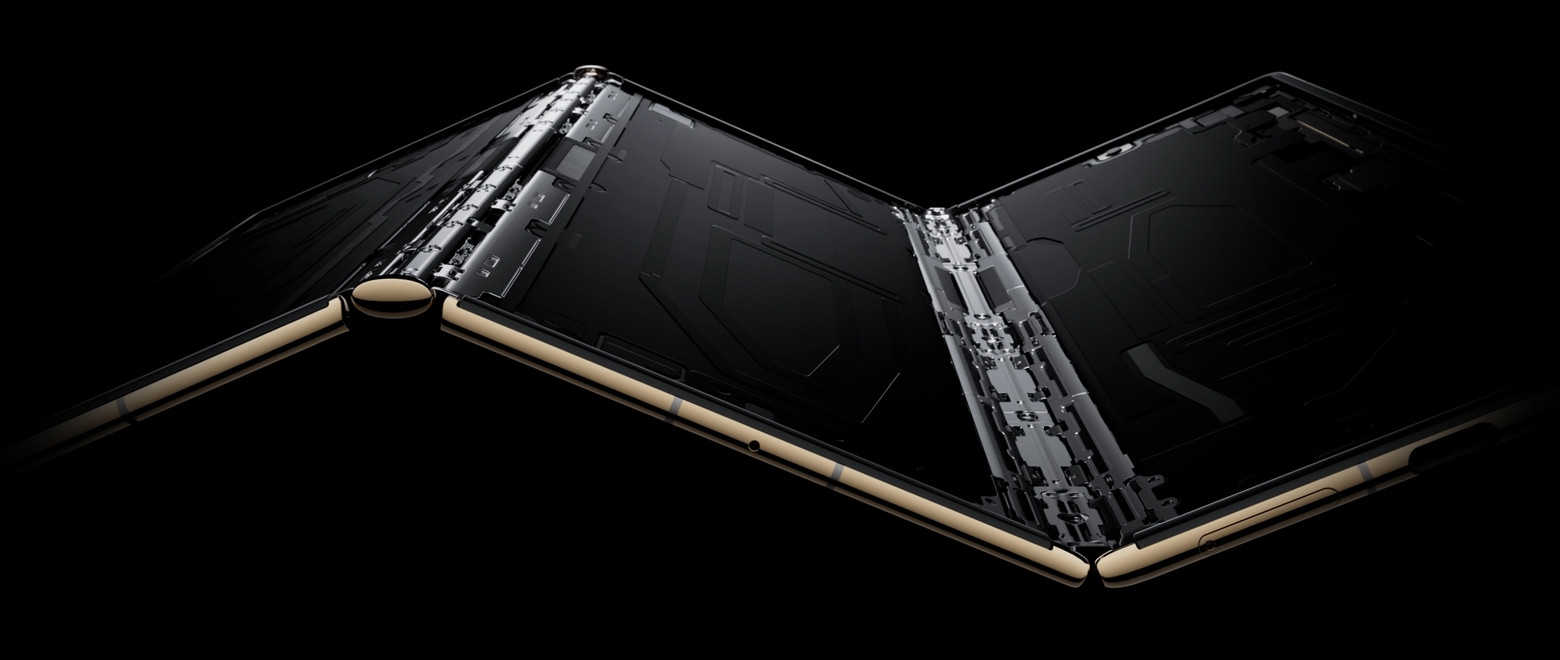
Huawei Mate XT hinge structure

An ultra thin triple-folding phone: the Huawei Mate XT
Complexity is not the only downside. Since 2019, Huawei has effectively been banned from using Google’s Android operating system and associated apps. Not only does this alienate huge swathes of (mostly Western consumers), it effectively takes the company’s devices out of competition when it comes to running both pioneering AI software and familiar, everyday apps. Huawei’s HarmonyOS isn’t a like-for-like replacement of Android, and even though the new phone promises some AI capabilities, the software is not as polished as the hardware.

Huawei Mate XT has a 10.2in screen when fully unfolded
This is a shame, because the latter exudes quality. Devices like the recent impressive MatePad Pro 13.2in tablet really encourage you to compromise and find workarounds for your favourite apps. However, time will tell if this costly tri-fold approach will ever be tackled by other companies. Right now, this is perhaps the most premium smartphone of all, with the top-of-the-line model (with 16GB of memory and 1TB of storage) coming in at CN¥23,999, or $3,390, or €3,050 euros).

Huawei Mate XT is available in two colours
Google’s latest Pixel 9 Fold Pro takes our top spot in the admittedly modest folding device category. Samsung and Honor are close behind, and the rumour mill continues to hint at some form of folding Apple product in the near future.

The screen structure of the Huawei Mate XT
Remember the Razor Wars? Back in the 1990s, razor blade manufacturers were upping the number of blades on their disposable capsule systems, moving from two to three (the iconic Gillette Mach 3). In 2003, Schick-Wilkinson Sword parried with the Quattro, a four-blade shaving system. In 2006, Gillette struck back with the Fusion5 Razor. Others have since moved to six. Are smartphone screens destined to go the same way?
Huawei Mate XT, more information and available to buy at Consumer.Huawei.com
Receive our daily digest of inspiration, escapism and design stories from around the world direct to your inbox.
Jonathan Bell has written for Wallpaper* magazine since 1999, covering everything from architecture and transport design to books, tech and graphic design. He is now the magazine’s Transport and Technology Editor. Jonathan has written and edited 15 books, including Concept Car Design, 21st Century House, and The New Modern House. He is also the host of Wallpaper’s first podcast.
-
 This cult Los Angeles pop-up restaurant now has a permanent address
This cult Los Angeles pop-up restaurant now has a permanent addressChef Brian Baik’s Corridor 109 makes its permanent debut in Melrose Hill. No surprise, it's now one of the hardest tables in town to book
-
 French bistro restaurant Maset channels the ease of the Mediterranean in London
French bistro restaurant Maset channels the ease of the Mediterranean in LondonThis Marylebone restaurant is shaped by the coastal flavours, materials and rhythms of southern France
-
 How ethical is Google Street View, asks Jon Rafman in Copenhagen
How ethical is Google Street View, asks Jon Rafman in CopenhagenIn 'Report a Concern - the Nine Eyes Archives' at Louisiana Museum of Art, Copenhagen, Jon Rafman considers technology's existential implications
-
 Inspired by a pebble, the stylish new Alma charger provides pocketable convenience
Inspired by a pebble, the stylish new Alma charger provides pocketable convenienceWhat if technology could quietly allay anxiety and not cause it? That’s the pitch behind new luxury accessories company Addition, starting with its new Alma wireless charger
-
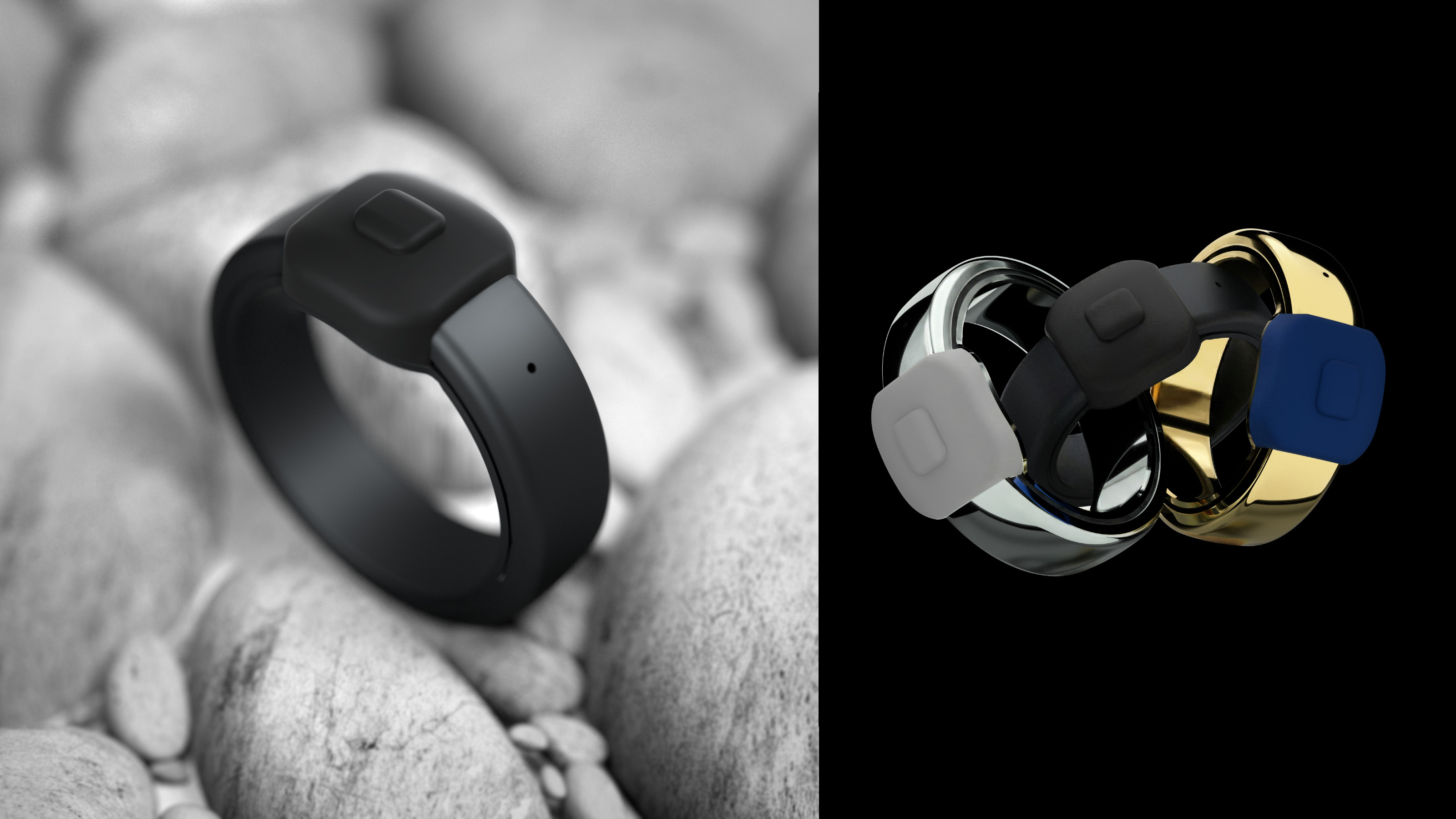 The ring’s the thing as Pebble launches a discreet device for memo-taking, Index Ring 01
The ring’s the thing as Pebble launches a discreet device for memo-taking, Index Ring 01A tiny device with a singular purpose but limitless applications, the Pebble Index 01 is a customisable smart ring for turning mental notes into text
-
 Tech gift ideas: Wallpaper’s Jonathan Bell lists 12 devices to desire this festive season
Tech gift ideas: Wallpaper’s Jonathan Bell lists 12 devices to desire this festive seasonTechnology editor Jonathan Bell delves into the best new releases and most giftable gadgets from 2025, offering up personal favourites as well as a few big hints
-
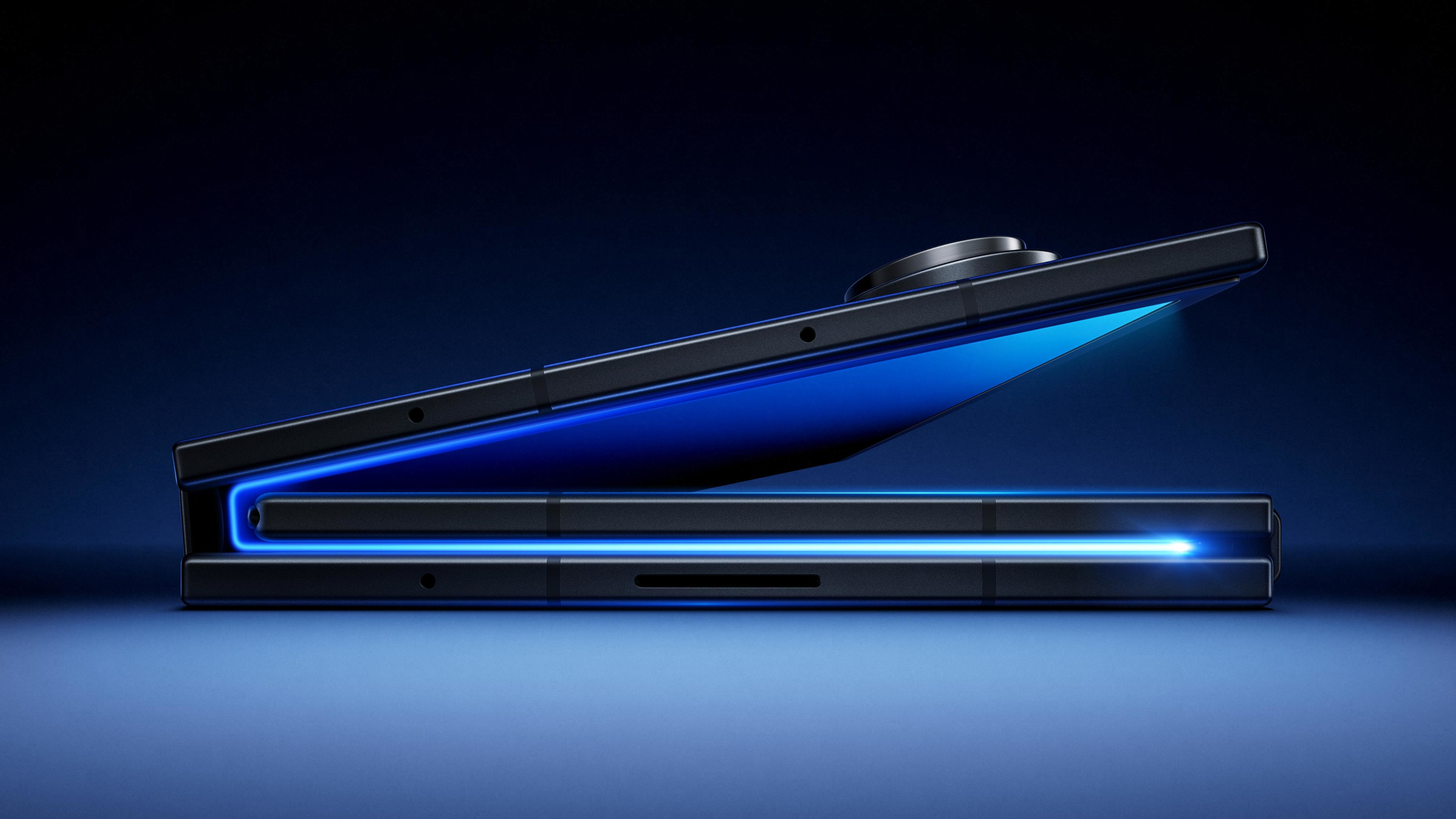 Samsung Galaxy Z TriFold is a pocket tablet that takes folding screens to new extremes
Samsung Galaxy Z TriFold is a pocket tablet that takes folding screens to new extremesSamsung has announced its newest flagship device, the Galaxy Z TriFold. Featuring three folding screens, this ultimate smartphone can transform into a ten-inch tablet
-
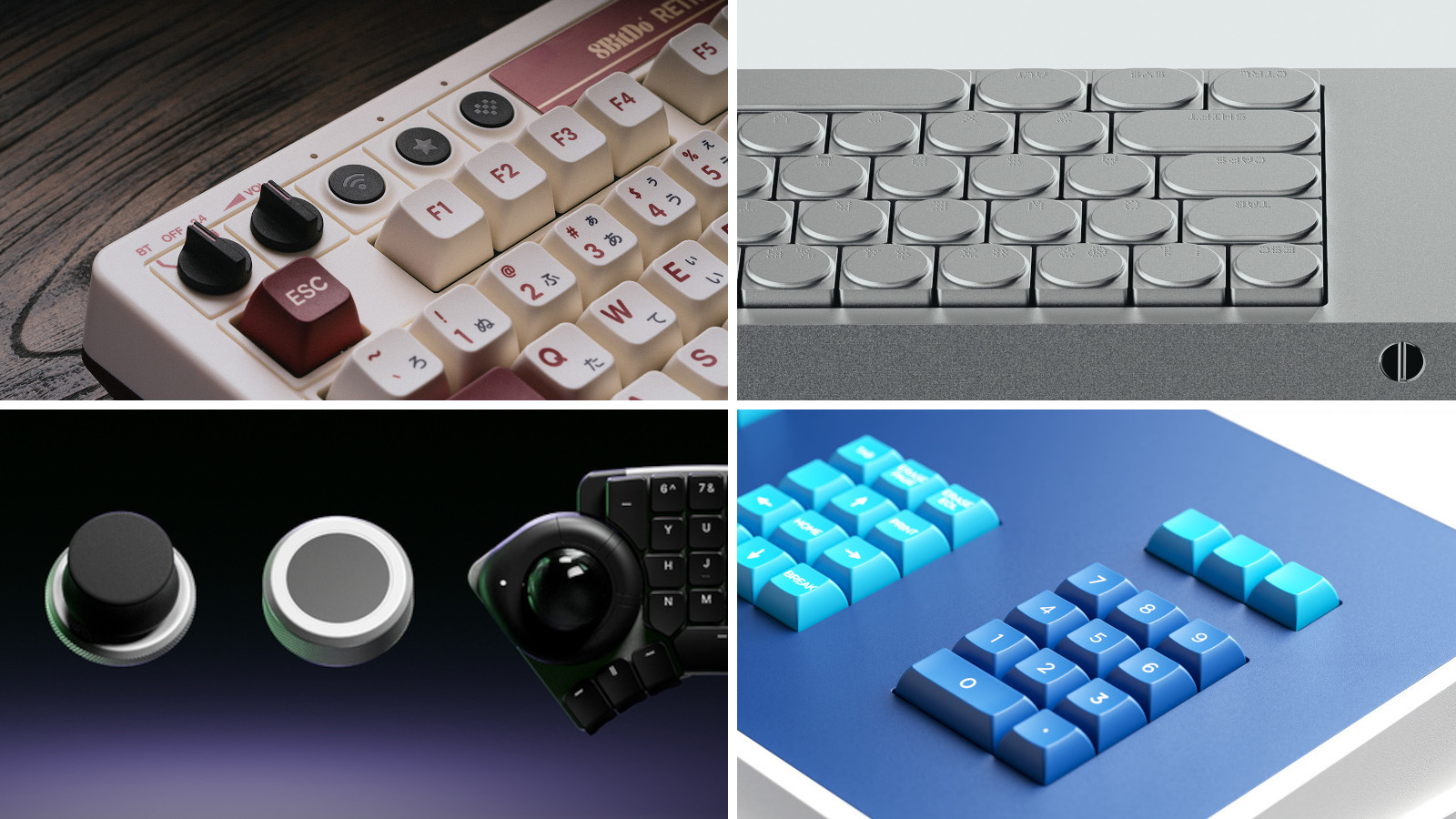 Four new keyboards are fresh and functional desktop companions
Four new keyboards are fresh and functional desktop companionsMechanical keyboards are all the rage, bringing with them new ways of personalising your desktop. We’ve found four devices that hark back to the early days of computing
-
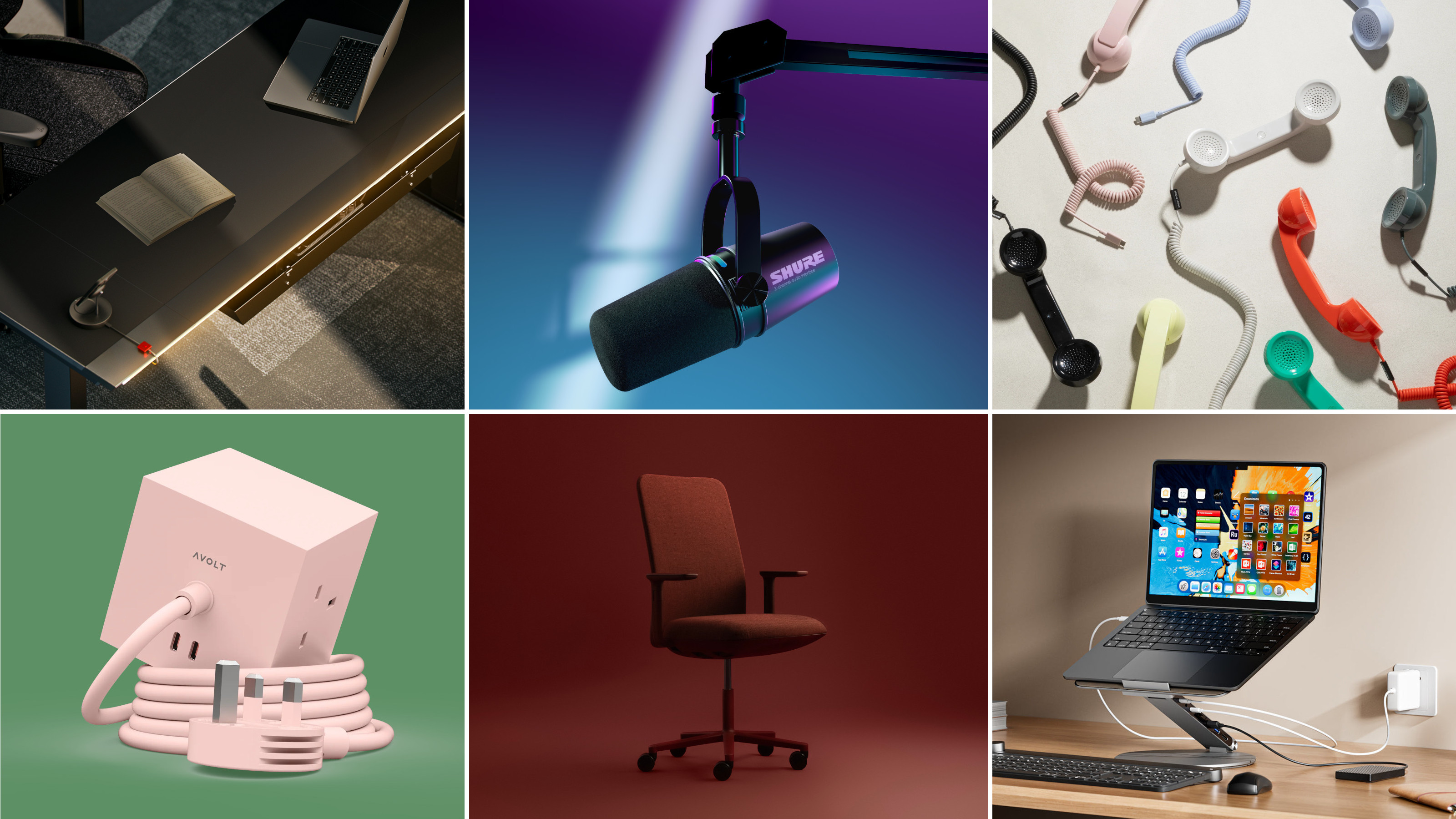 Hunker down in a perfectly equipped work-from-home hub this winter
Hunker down in a perfectly equipped work-from-home hub this winterIf your WFH set-up needs an upgrade, or if you need to kit out a new small business from scratch, we’ve got you covered
-
 New Leica Q3 Monochrom camera sees the world in black and white
New Leica Q3 Monochrom camera sees the world in black and whiteDefined by its crisp 60MP monochrome sensor, the Leica Q3 Monochrom is a camera designed for those who want to focus only on light, shadow and form
-
 Apple Watch Ultra 3 has innovation at its heart – a 3D-printed titanium case
Apple Watch Ultra 3 has innovation at its heart – a 3D-printed titanium caseWe delve into Apple’s pioneering use of 3D-printed metal, and how it ties in with the company’s path to carbon neutrality